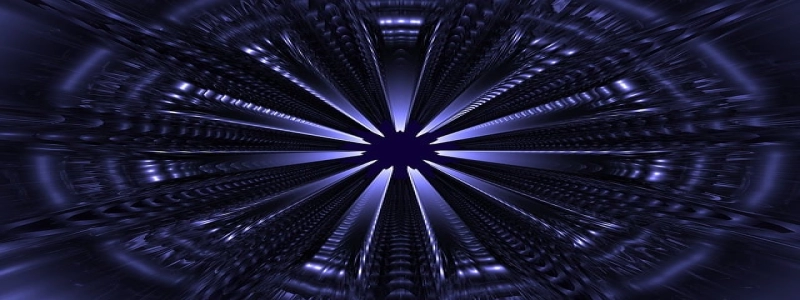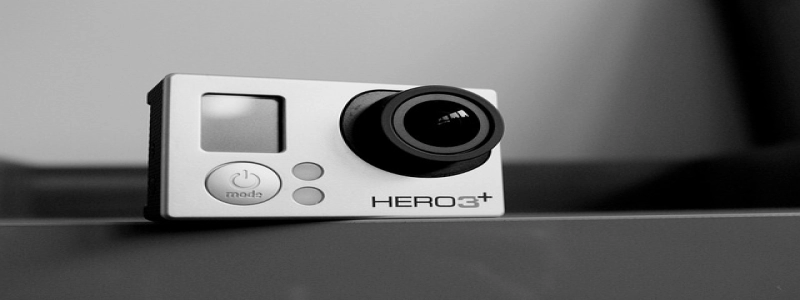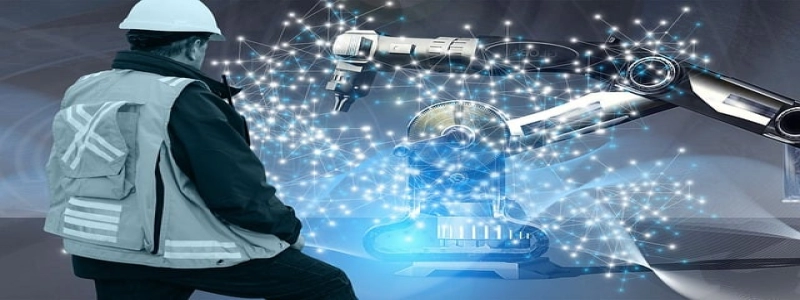Powered Over Ethernet
1. Introduction
1.1 Definition of Power over Ethernet
1.2 History of Power over Ethernet
2. How Power over Ethernet Works
2.1 Power Sourcing Equipment (PSE)
2.2 Powered Devices (PD)
2.3 Ethernet cables
3. Benefits of Power over Ethernet
3.1 Simplicity and Cost-effectiveness
3.2 Flexibility and Scalability
3.3 Centralized Power Management
4. Applications of Power over Ethernet
4.1 VoIP phones
4.2 IP cameras
4.3 Wireless access points
4.4 IoT devices
5. Future Developments in Power over Ethernet
5.1 Higher Power Standards
5.2 Enhanced Efficiency
6. Conclusion
1. Introduction
1.1 Definition of Power over Ethernet
Power over Ethernet (PoE) is a technology that allows both data and power to be transmitted over Ethernet cables, eliminating the need for separate power cables. It enables devices to receive power through the same network connection they use for data transfer.
1.2 History of Power over Ethernet
The concept of Power over Ethernet was first introduced in 2003 with the release of the IEEE 802.3af standard. This standard allowed for the delivery of up to 15.4 watts of power. In 2009, the IEEE 802.3at standard, also known as PoE+, was introduced, which increased the power delivery to up to 30 watts.
2. How Power over Ethernet Works
2.1 Power Sourcing Equipment (PSE)
The Power Sourcing Equipment (PSE) is responsible for supplying power to the Ethernet cable. It can be a PoE-enabled switch or a midspan injector connected to a non-PoE switch. The PSE detects the power requirements of the powered device and delivers the appropriate amount of power.
2.2 Powered Devices (PD)
Powered Devices (PD) are the devices that receive power over the Ethernet cable. These can be IP phones, IP cameras, wireless access points, or any other PoE-enabled devices. PDs have built-in power interfaces that allow them to receive power from the Ethernet cable.
2.3 Ethernet cables
Power over Ethernet uses Ethernet cables, which are already commonly used for data transfer. The power is delivered using unused wire pairs in the Ethernet cable. The standard Ethernet cable used for PoE is Cat 5, but higher categories such as Cat 6 and Cat 6a can also be used for higher power requirements.
3. Benefits of Power over Ethernet
3.1 Simplicity and Cost-effectiveness
By combining power and data transmission into a single cable, PoE eliminates the need for separate power cables, reducing clutter and installation costs. It also simplifies maintenance by centralizing power management.
3.2 Flexibility and Scalability
PoE allows for flexibility in device placement since devices can be installed anywhere within the reach of the Ethernet cable. It also enables easy scalability, as additional PoE devices can be added without requiring additional power sources.
3.3 Centralized Power Management
With PoE, power management can be centralized through the PSE. It provides the ability to monitor and control the power usage of individual devices, facilitating energy efficiency and reducing power wastage.
4. Applications of Power over Ethernet
4.1 VoIP phones
Power over Ethernet is widely used in Voice over IP (VoIP) phone systems. PoE allows the phone to receive power and data from the Ethernet connection, eliminating the need for separate power adapters for each phone.
4.2 IP cameras
IP cameras often require both power and network connectivity. PoE simplifies the installation of IP cameras by allowing power and data to be transmitted over the same Ethernet cable, eliminating the need for separate power supplies.
4.3 Wireless access points
Power over Ethernet is commonly used in wireless access points (WAPs) to provide both power and network connectivity. The ability to deliver power over Ethernet allows for easy installation and placement of WAPs without the need for nearby power outlets.
4.4 IoT devices
With the increasing adoption of Internet of Things (IoT) devices, PoE is becoming more important. PoE provides a convenient and cost-effective way to power IoT devices such as sensors, smart lighting, and security systems.
5. Future Developments in Power over Ethernet
5.1 Higher Power Standards
Efforts are underway to develop higher power standards for PoE. This would enable the delivery of even more power to devices, allowing for the use of PoE in a wider range of applications.
5.2 Enhanced Efficiency
Research is being conducted to improve the efficiency of power delivery over Ethernet cables. This would result in reduced power losses and increased energy efficiency.
6. Conclusion
Power over Ethernet is a technology that simplifies the installation and management of powered devices by combining power and data transmission over Ethernet cables. It offers numerous benefits, including cost-effectiveness, flexibility, and centralized power management. As technology continues to evolve, we can expect higher power standards and improved efficiency in Power over Ethernet.








